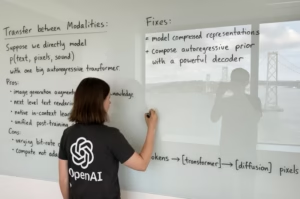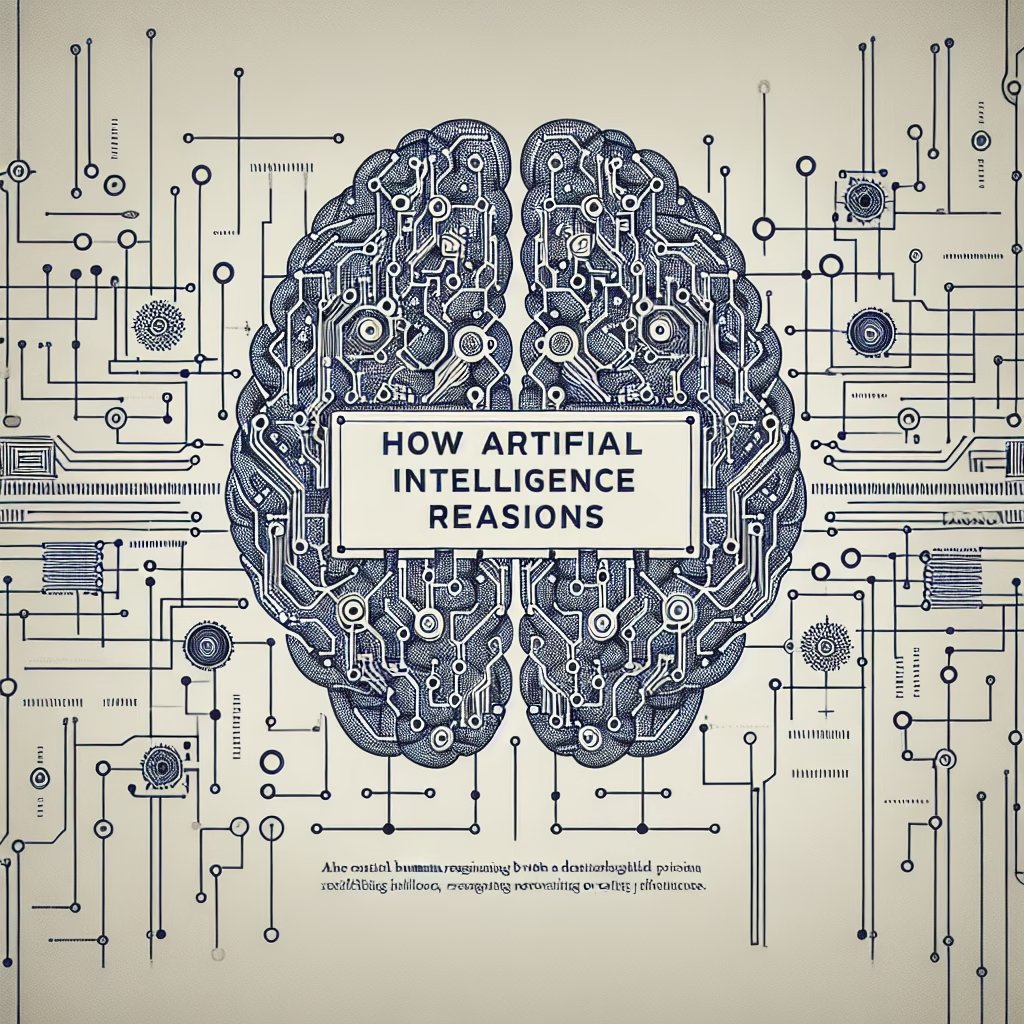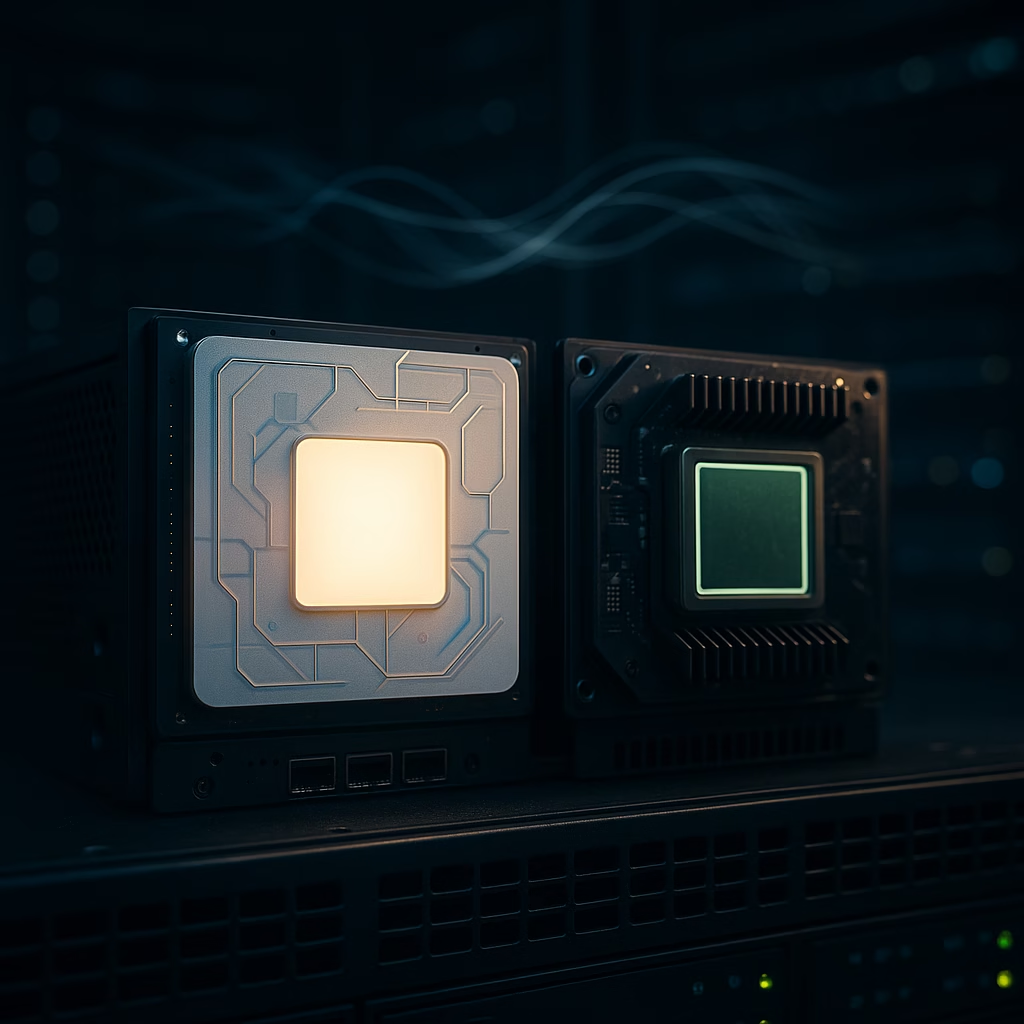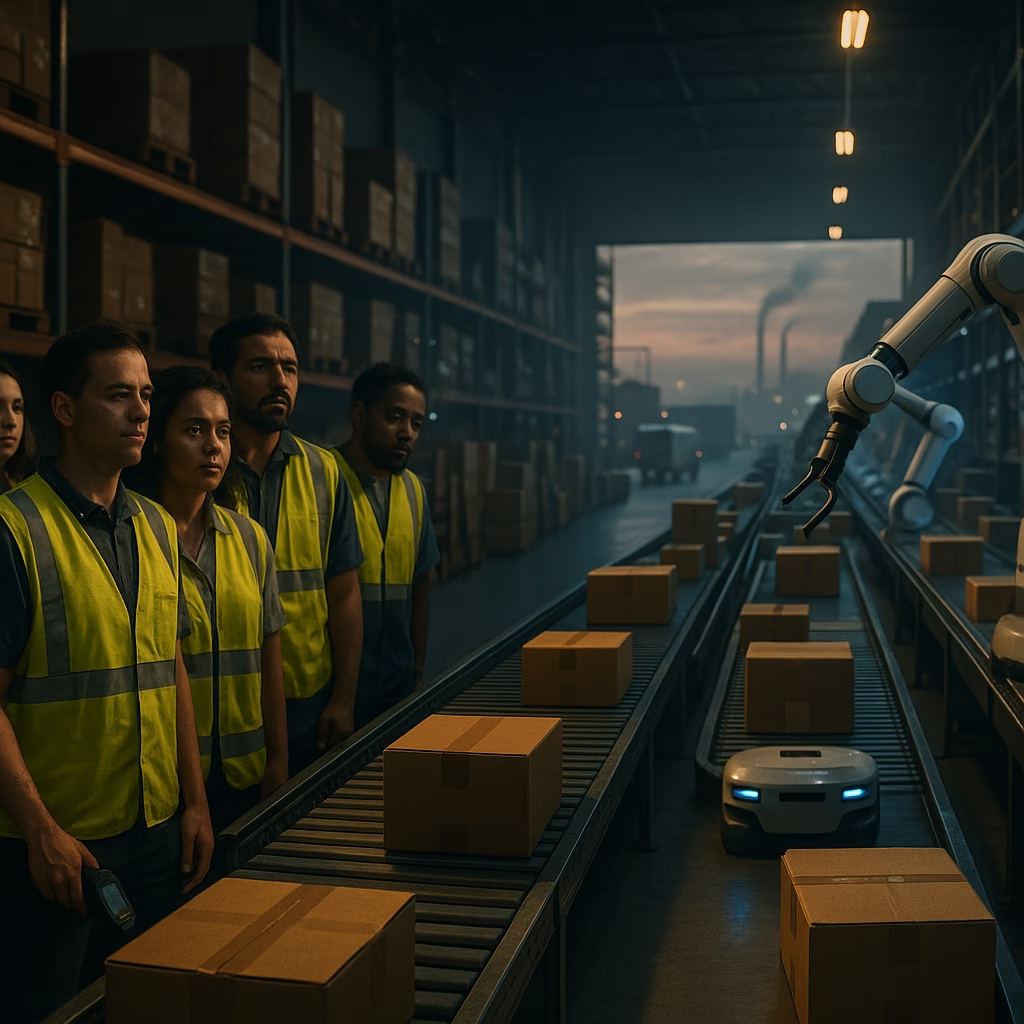How Artificial Intelligence Reasons
Artificial Intelligence (AI) has dramatically transformed multiple industries, from healthcare and finance to customer service and automation. But how does AI actually “think” and make decisions? While AI does not possess human-like consciousness, it follows a structured reasoning process based on algorithms, data, and logic. This blog explores the mechanisms behind AI reasoning, shedding light on its decision-making capabilities and the potential implications for the future.

Understanding AI Reasoning
AI reasoning refers to the process in which machine learning models and algorithms analyze data, identify patterns, and generate outcomes. Unlike the human brain, which uses emotions, experience, and intuition, AI relies on structured data and predefined rules to reach conclusions.
The Key Components of AI Reasoning
AI systems perform reasoning through several key components:
- Data Processing: AI collects and processes vast amounts of structured and unstructured data.
- Machine Learning Models: AI leverages supervised, unsupervised, and reinforcement learning techniques to make predictions.
- Algorithms: These are the rules and logic that guide AI decision-making.
- Neural Networks: Inspired by the human brain, these networks help AI recognize patterns and generate insights.
- Natural Language Processing (NLP): This enables AI to understand, interpret, and generate human language.
Types of AI Reasoning
The reasoning capabilities of AI can be categorized into different types:
1. Deductive Reasoning
AI follows a logical, rule-based approach to derive conclusions. For example, a chatbot programmed with medical knowledge can analyze symptoms and determine possible illnesses using a structured database.
2. Inductive Reasoning
Inductive reasoning allows AI to detect patterns from existing data and predict future outcomes. For instance, AI in financial forecasting evaluates trends and historical data to predict stock market movements.
3. Abductive Reasoning
AI uses partial data to make the most probable assumption. In healthcare, AI can analyze patient data to suggest a disease diagnosis, even if certain symptoms are missing.
How AI Mimics Human Decision-Making
While AI lacks emotions and intuition, it mimics human-like reasoning through various techniques, including:
- Probabilistic Models: AI calculates probabilities to determine the likelihood of an outcome.
- Fuzzy Logic: AI makes decisions even when data is ambiguous or incomplete.
- Neural Networks: These simulate human thought processes to recognize and interpret complex patterns.
- Expert Systems: These systems replicate human expertise by implementing rule-based decision-making.
The Role of AI in Automating Decisions
AI-powered decision-making automates tasks across different industries.
1. Healthcare
AI assists in diagnosing diseases, recommending treatments, and predicting patient outcomes, leading to improved medical care.
2. Financial Sector
AI-driven algorithms predict stock trends, detect fraudulent transactions, and automate investment decisions.
3. Customer Support
AI chatbots provide instant support to customers, answering queries and resolving issues efficiently.
4. Autonomous Vehicles
Self-driving cars analyze traffic conditions and make real-time decisions to ensure safe navigation.
Challenges in AI Reasoning
Despite its advancements, AI reasoning faces some limitations:
- Bias in Data: AI models can inherit biases from training data, leading to unfair or inaccurate decisions.
- Lack of Common Sense: Machines don’t possess human-like understanding of the world, which can cause errors.
- Ethical Dilemmas: AI decision-making raises ethical concerns, particularly in areas like surveillance and hiring.
- Explainability: Some AI models operate as “black boxes,” making it difficult to understand how they reach decisions.
The Future of AI Reasoning
As AI continues to evolve, its reasoning capabilities will improve through:
- More Transparent AI Models: Efforts are being made to develop explainable AI (XAI) that can justify its decisions.
- Advanced Neural Networks: AI will refine its ability to mimic human intelligence through deep learning.
- Better Data Ethics: Stricter regulations and ethical guidelines will ensure fair AI decision-making.
- Hybrid AI Systems: The combination of symbolic reasoning and deep learning will enhance AI’s decision-making.
Conclusion
AI reasoning is a powerful tool that helps machines analyze data, recognize patterns, and make informed decisions. While AI does not “think” like humans, its ability to use logic, machine learning, and probabilistic models makes it a transformative force in many industries. As technology progresses, AI will continue to evolve, enhancing its reasoning capabilities and shaping the future of automation and intelligence.
What are your thoughts on AI’s reasoning abilities? Share your opinions in the comments below!
< lang=”en”>







Leave a Reply